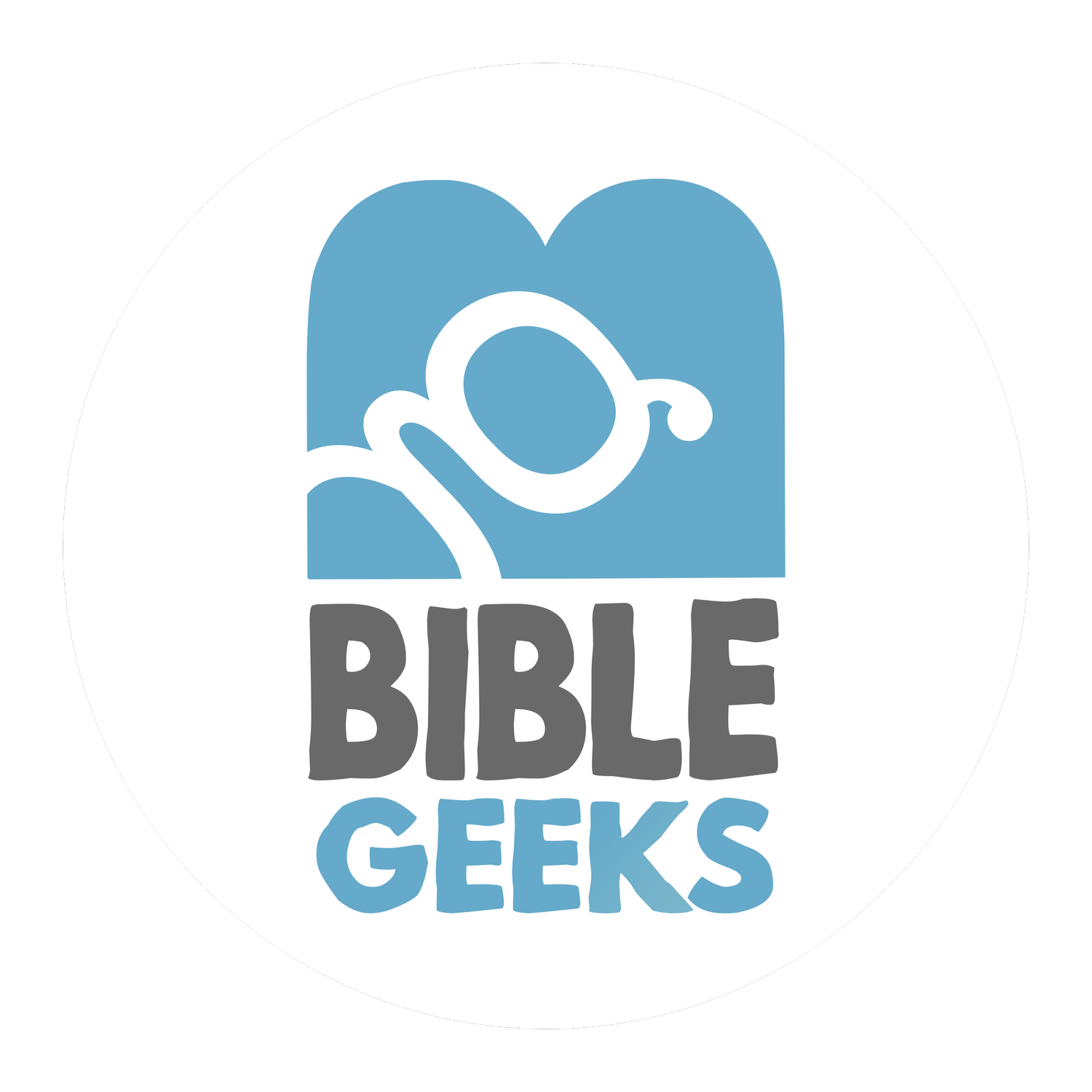“Back to Church”
This is an adapted excerpt from “Back to the Church of the Bible“ for our Seven Sermon Summer Surfin’ Spectacular.
Many of us find our church home for different reasons — it’s the one our parents went to, it has great programs, or it just feels welcoming. But have you ever paused to ask a more fundamental question: Does my church align with the one I read about in the Bible?
In a world with countless denominations and traditions, it’s an important question. The New Testament speaks of one church, the body of all saved people with Christ as the head (Eph. 4:4, Col. 1:18). Local congregations, then, are called to be expressions of that one church. The only way to know if we're on the right track is to do what God’s people have always done when they’ve drifted: go back to the book and rediscover the original pattern.
The Big Idea: Rather than choosing a church based on preference, we are called to find and be a part of a local body that faithfully follows the New Testament's pattern.
The Church’s Divine Pattern
The New Testament doesn't give us one single chapter that lays out the "rules of the church," but when we piece together the instructions and examples, a clear pattern emerges for its work, worship, and organization.
Its Work: The church’s ultimate purpose is to glorify God (Eph. 3:21). It does this by acting as the “pillar and support of the truth” to the world (1 Tim. 3:15), building up and equipping its own members (Eph. 4:16), and providing financial relief for fellow Christians in need (Acts 11:29).
Its Worship: When the early church gathered on the first day of the week, they devoted themselves to specific acts of worship. We see them breaking bread for the Lord’s Supper (Acts 20:7), praying and singing to God (1 Cor. 14:15), giving for the needs of the saints (1 Cor. 16:1-2), and hearing the preaching of the gospel. This wasn't a random assortment of activities; it was a consistent pattern Paul directed the churches to follow.
Its Organization: While Christ is the one and only head of the universal church, he gave a simple structure for local congregations. They are to be led by a group of qualified men known as elders, overseers, or shepherds (pastors), who care for the flock. They are assisted by deacons, who are appointed to serve the church’s needs (Phil. 1:1, 1 Tim. 3). This pattern leaves no room for earthly headquarters, presidents, or popes.
The Way Back is Back to the Book
So how did we get from that simple pattern to the thousands of different denominations we see today? In short, people drifted. We added traditions, followed human leaders, and prioritized what felt good over what God commanded.
The way back is the same as it was for King Josiah in the Old Testament. When he discovered the lost Book of the Law, he didn't debate it; he read it, repented, and changed everything to align with what it said (2 Kings 22-23). He was willing to honestly compare the accepted practices of his day with God's word and get rid of anything that didn't match.
Your Turn
This isn't about claiming that one church community or tradition has a monopoly on salvation. Salvation is in Christ alone (Acts 4:12). This is about our personal responsibility to follow him and abide in his teaching (2 John 9). Jesus gives a sobering warning in Matthew 7:21 that not everyone who says "Lord, Lord" will enter the kingdom, but only the one who “does the will of my Father who is in heaven.” Our only path to unity and truth is to humbly go back to the book — back to the church of the Bible.
What’s one practice in your own spiritual life or church experience that you could re-examine this week to see how it aligns with the New Testament pattern?
